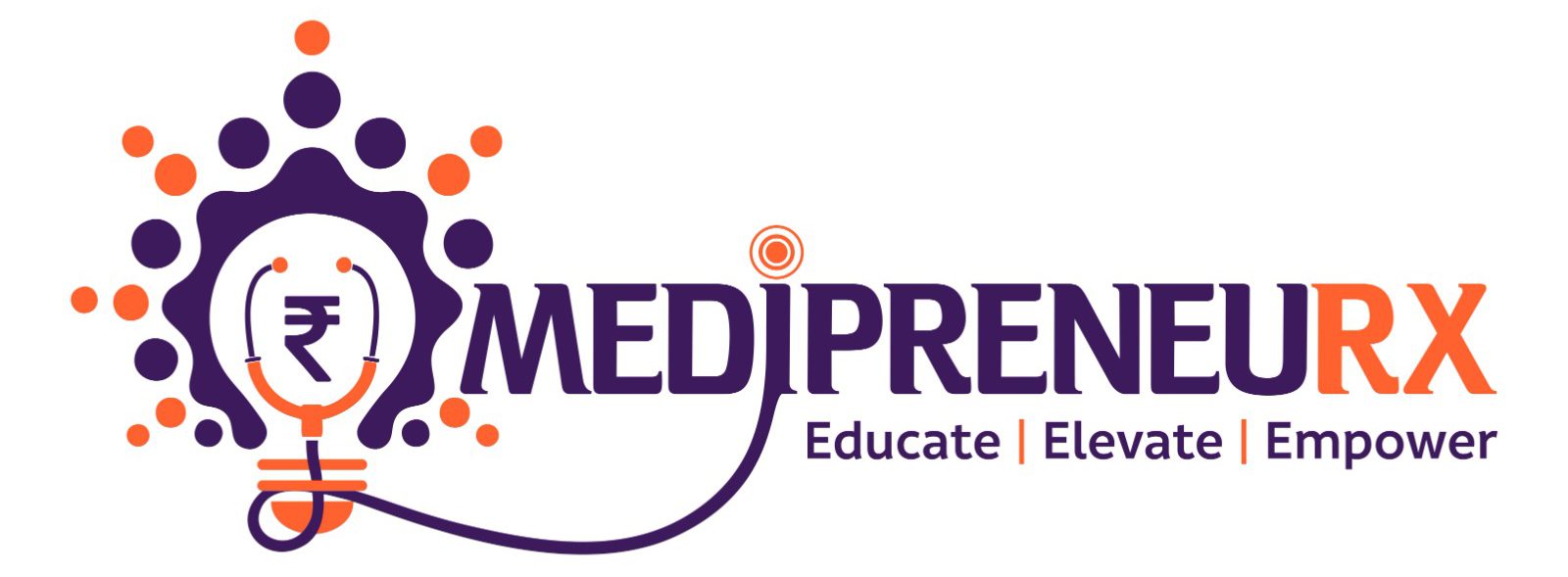A major change in India’s healthcare ecosystem has been highlighted by Lalit Mistry, Partner and Co-Head of the Healthcare Sector at KPMG India. He focused on enhanced connectivity and accessibility in rural and previously underserved areas. A comment like this was made at the FICCI HEAL conference. Furthermore, over 20 cutting-edge healthcare models that have emerged in response to the COVID-19 pandemic were revealed in a joint report by KPMG and FICCI, reflecting a dynamic transformation in the provision of healthcare services in India.
According to a report by KPMG and the Federation of Indian Chamber of Commerce and Industry (FICCI), India’s healthcare delivery has undergone a substantial transition in the post-COVID-19 era, with the emergence of over 20 novel models. These innovative approaches to healthcare delivery highlight the nation’s changing healthcare landscape and demonstrate how flexible and responsive the sector has been to the challenges presented by the pandemic.
India’s healthcare system has undergone significant change, according to Lalit Mistry, Partner and Co-Head of KPMG India’s Healthcare Sector. Accessible information technology has led to a rise in self-care awareness, which serves as the foundation for early detection and preventative actions. The addition of telemedicine marks even more of a paradigm change, changing how people in India view the healthcare industry. This progression underscores the increasing influence of technology and underscores a change toward a more proactive and patient-centered approach to healthcare.
India has seen the rise of new healthcare models in response to the post-COVID-19 environment, demonstrating a greater use of non-invasive wellness monitoring, remote health management, and healthcare aggregators. Some notable examples are the calorie counting function of Fitbit Tracker, Tata 1mg, and Practo. In the rapidly changing Indian healthcare landscape, these cutting-edge models offer improved accessibility and individualized wellness monitoring, signaling a shift towards technology-driven and patient-centric healthcare solutions.
According to the report, there is a shift towards newer models in hospital care as well. Two prominent examples of these are small healthcare organizations, or SHCOs, Fortis La Femme and Apollo’s Cradle hospitals. These specialized hospitals concentrate on a single market and prioritize individualized care.
The study states that India is experiencing an epidemiological shift with an increasing burden of non-communicable diseases (NCDs), with a rise in NCD-related death rates from 35.9% in 1990 to 64.9% in 2019.
The National Programme for Prevention and Control of Cancer, Diabetes, Cardiovascular Diseases and Stroke (NPCDCS) was renamed to a combined National Programme for Prevention and Control of Non-Communicable Diseases (NP-NCD) by the central government due to concerns over the rising NCD burden in India. This change in name is in line with these concerns.
The report also cited Oxfam’s India Inequality Report, which highlighted the differences in healthcare accessibility between rural and urban areas. According to the data, 70% of India’s population lives in rural areas, yet only 40% of all beds are found there.
Regarding how to address this disparity, Mistry stated that improvements in connectivity and telemedicine have made it simpler for rural health centers to implement new healthcare models. One concept that can be used for patient monitoring in both rural and urban areas is Electronic Intensive Care Units, or eICUs.








